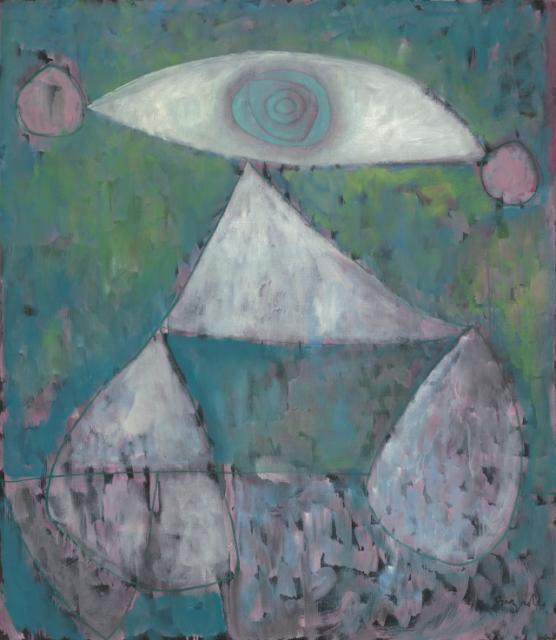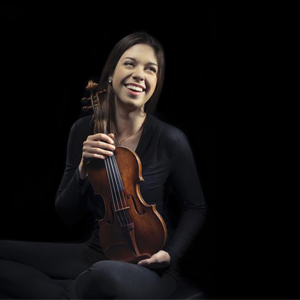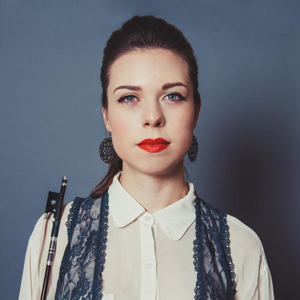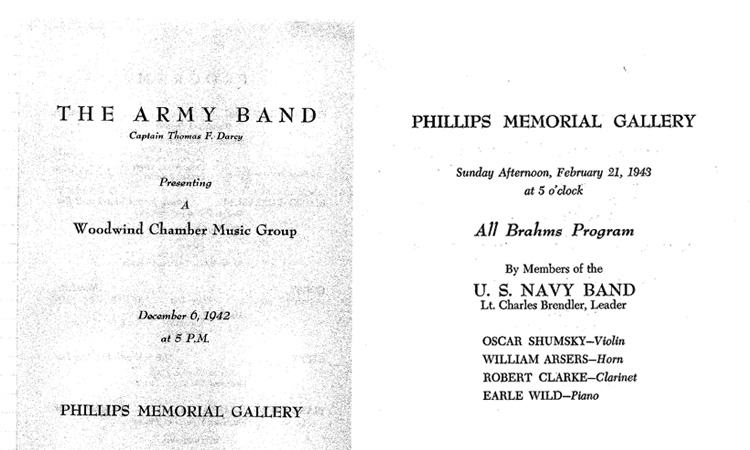Taking inspiration from the major theme of music in Ten Americans: After Paul Klee, we paired 11 staff members with 11 works from the exhibition and asked them to create a playlist in response to their individual artwork. Liza Strelka, Manager of Exhibitions, created her playlist in response to William Baziotes’s “Pierrot.”

William Baziotes, Pierrot, 1947, Oil on canvas, 42 1/8 x 36 in. National Gallery of Art, Washington, DC, Ailsa Mellon Bruce Fund, 1984 © Estate of William Baziotes
“The clown is a romantic and classical image. The artist doesn’t want to reveal his feelings directly so he presents himself in disguise. His clothes and gestures are gay and beautiful, his face is sad.”
Pierrot illustrates William Baziotes’s belief that the traditional motif of the clown embodies similar experiences and struggles of the artist. The Pierrot is a playful yet tragic figure whose makeup-covered exterior entertains while the heart and soul of the person underneath searches for his place within society. Visual artists of the early to mid-20th century, such as Baziotes, Klee, Picasso, and Rouault, found the motif of the Pierrot rich artistic exploration.
The influence of the Pierrot wasn’t just contained to visual art. I first chose David Bowie’s Ashes to Ashes, not only because the staccato rhythm of the song evokes the teetering of the figure’s oblong head and the jumbled limb movements but also because the famous music video for the song features Bowie as a Pierrot. From there, I selected songs that echo the painting’s cool color palette and melancholic, searching subject matter by artists who also play with persona and/or mood, whether in their performance or their songwriting. Across all musical genres, there are artists grappling with their place in the world and falling victim to heartbreak, and yet they continue to perform and entertain us.
Liza Strelka, Manager of Exhibitions
Feeling inspired? Create your own playlist based around works in the exhibition and send it to us at communications@phillipscollection.org and we may feature it on our blog and social media.



